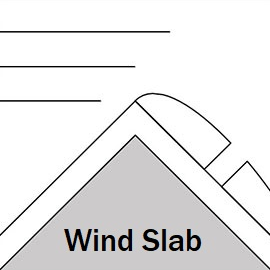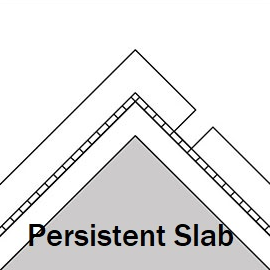Gudauri
Natural avalanches are unlikely, human-triggered avalanches are possible. Small avalanches in specific areas, or large avalanches in isolated areas.
Wind slabs could be reacitve on some aspects especially where previous crusts or hard surfaces were present. Weak layers deeper in the snowpack exist in some places and investigation is recommended.
Forecast issued at: 26 January 2024 01:00
Forecast valid until: 27 January 2024 01:00
Forecaster: Manu Greer
High Alpine
> 2600m
2 Moderate
Heightened avalanche conditions on specific terrain features. Evaluate snow and terrain carefully; identify features of concern.
Alpine
2000m - 2600m
2 Moderate
Heightened avalanche conditions on specific terrain features. Evaluate snow and terrain carefully; identify features of concern.
Sub Alpine
< 2000m
1 Low
Generally safe avalanche conditions. Watch for unstable snow on isolated terrain features.
Avalanche Problems
Wind Slab

Wind slabs formed on SW, S and SE aspects, but new slabs could be forming on NE and E aspects with a change in wind direction. In some places these are sitting on a sun crust or a hard wind-scoured surface and are not well bonded. Watch for cross-loaded gullies where slabs could be present on other aspects.
| Sensitivity | The specific avalanche problem type is reactive to human rider triggers. Easy to trigger with ski cut. |
| Distribution | Specific areas, with common characteristics. Evidence for instabilities exists, but it is not obvious and finding it requires careful observations. |
| Time of Day | All day |
| Trend | Deteriorating |
| Confidence | Low |
Persistent Slab

Weak layers associated with melt-freeze crusts or density changes have been found in a couple of spots around the forecast area, and cold temperatures are likely to be making these layers weaker. These weaknesses probably need a large load to set them off, but with new snow adding weight, watch this space! Probably only found in isolated areas, although there is still uncertainty - we need more information, so please let us know what you find out there.
| Sensitivity | The specific avalanche problem type is difficult to trigger with a human rider. |
| Distribution | A few, isolated locations; evidence for instabilities is rare and hard to find. |
| Time of Day | All day |
| Trend | No change |
| Confidence | Moderate |
Recent Avalanches and Snowpack
Avalanche Activity:
26th January - natural size 1 windslab observed, S aspect 3000m (happened on 25th)
25th January - 2 x skier-triggered size 1windslabs, SW and W aspects, Bidara W, 2700m. Size 1 loose dry slides observed, steep high alpine areas.
Snowpack:
20-30 cm of light, cold new snow fell Jan 22nd - 23rd. Moderate N/NW winds moved this snow on Jan 24th forming slabs on S - SW - SE aspects with some cross-loaded E and W aspects. Winds on the 25th switched to the SW and began moving snow to NE slopes. The previous snowpack was generally stable, with melt-freeze cycles at lower elevations (below 2000m) solidifying the snow and warm temperatures creating a surface crust below 2600m and up to 3000m on sunny S faces. In some areas higher up (above 2600m) weak, faceted snow was found in shallow rocky areas near ridges, and a crust/facet layer was also seen around 3000m, E aspect. With colder termperatures again these layers will need to be watched carefully. Some questions remain about surface hoar under the new snow which may have survived in sheltered areas above about 2500m, but we have not yet seen any evidence that this is a problem. Remember that glide cracks and glide slab avalanches are an ever-present danger in this area, and they release at random times - don't stop below them. Check recent profiles (or add your own!) at snowpilot.org
Weather
Cold temperatures over the last 2 days, with N/NW winds on the 24th switching to SW winds on the 25th.
Sun and clouds on Friday before light snow starts later in the day. Winds light to moderate from the W 1/4. Freezing level 1450m.
Disclaimer
Our avalanche forecasters are internationally qualified and experienced professionals, and data is provided by skilled observers. We encourage you to make your own observations and decisions, without relying solely on our forecast, since any forecast is a generalised 'best guess', and in certain cases it might be inaccurate. We can not be held liable for any actions you take in the backcountry that may result in injury, loss or death.